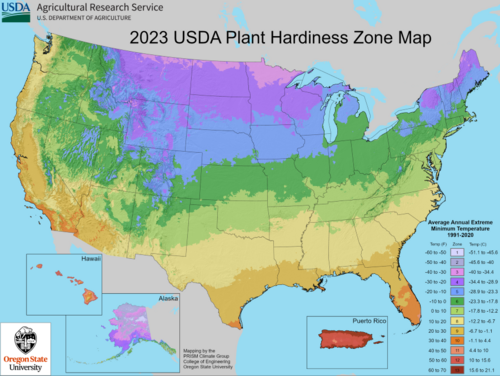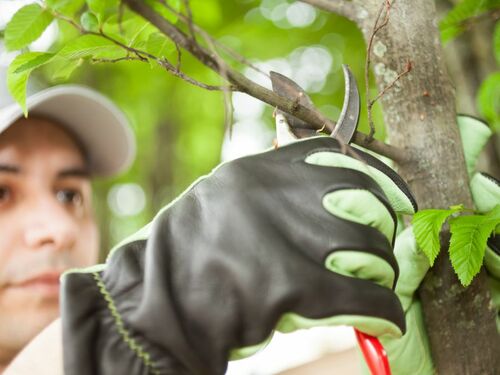How to Decide on the Best Trees to Plant in Your Landscaping
Introduction
Unfortunately, the trees you love and the trees that are appropriate for your own landscaping don’t always match up 100 percent. How do you know which choices are appropriate for your own yard?
Here are some factors you should consider before deciding on the best trees to plant outside of your home.
Consider Your Space

A Stunning Home Landscape with a Lush Lawn and Vibrant Greenery – Image by Inspector on Pixabay
When choosing the ideal trees for your landscaping, you absolutely have to consider the space you are working with. On top of that, you should be researching how big the trees you like are going to grow.
It may be difficult to avoid basing your purchases on the size of your tree when you buy it in a nursery. Make sure that you find out how big the tree is going to get in its lifetime before making your purchase.
On top of height and width, you should also consider the shape that the tree is going to take when it’s fully grown. Some may be rounder and wider, and others may be narrower—depending on what you are working with, it may not be appropriate for the space you have.
Research Your USDA Hardiness Zone

The 2023 USDA Plant Hardiness Zone Map Helps Gardeners Choose Plants Best Suited for Their Climate – planthardiness.ars.usda.gov
Just as important as your space is the climate your home is in. While you are familiar with your regular weather and temperatures, you should also know what your hardiness zone is.
The USDA has created a map that breaks up the United States into eleven different zones that are based on the coolest average temperature in the area. Not sure what your zone is? Here’s the map to help you find the appropriate hardiness zone.
Once you know what your hardiness zone is, you can then find the trees and plants that will flourish in your area. This will help you avoid sick/dead plants.
Consider Your Growing Conditions

Hands Gently Planting a Young Seedling – Image by Robbrownaustralia on Pixabay
In addition to the space and your hardiness zone, consider the growing conditions specific to your backyard.
Think about how flat/hilly your landscape is, how much natural light it gets, how harsh the winds are, and how much moisture you have. All of these factors will affect how your trees grow.
Take a Look at Your Soil

Rich, Nutrient-dense Soil Ready for Planting
Before choosing and planting the trees, you should make sure to test your soil to see what the pH is, as well as the nutrient level. You can either purchase a test kit at a local nursery, get one online , or get a more detailed one from your county extension office.
If your soil isn’t optimal for new trees, it can be changed to a certain extent. You can add fertilizers and other nutrients to improve its quality before growing anything.
On top of the soil quality, you should note the texture as well. Your soil could be considered clay, silt, or sand, and certain trees will thrive better with certain types.
Know What Maintenance You Will Need to Do

Precision Tree Pruning for Healthier Growth and Stronger Branches
While you may like the way certain trees look, you may not be ready to keep up with the required maintenance of certain species.
Make sure that you consider how much time you are able to give toward watering, pruning, and caring for the new trees you are planting. If you are planning on hiring professional arborists to take care of them, make sure that you know how much money you are willing to invest.
Observe Your Landscaping as a Whole
Last but not least, observe your landscaping as one united area. Taking a look at all of the different aspects of your yard will give you a better idea of the trees you should be considering.
Colors, textures, shapes, and other plants should all be considered before you make the final choice on any trees.
If you are having difficulty deciding on trees and/or planting them, reach out to your local trusted arborist. For those of you in the San Francisco Bay Area, you can contact Arborist Now today for assistance!
Originally published on March 21, 2019.


